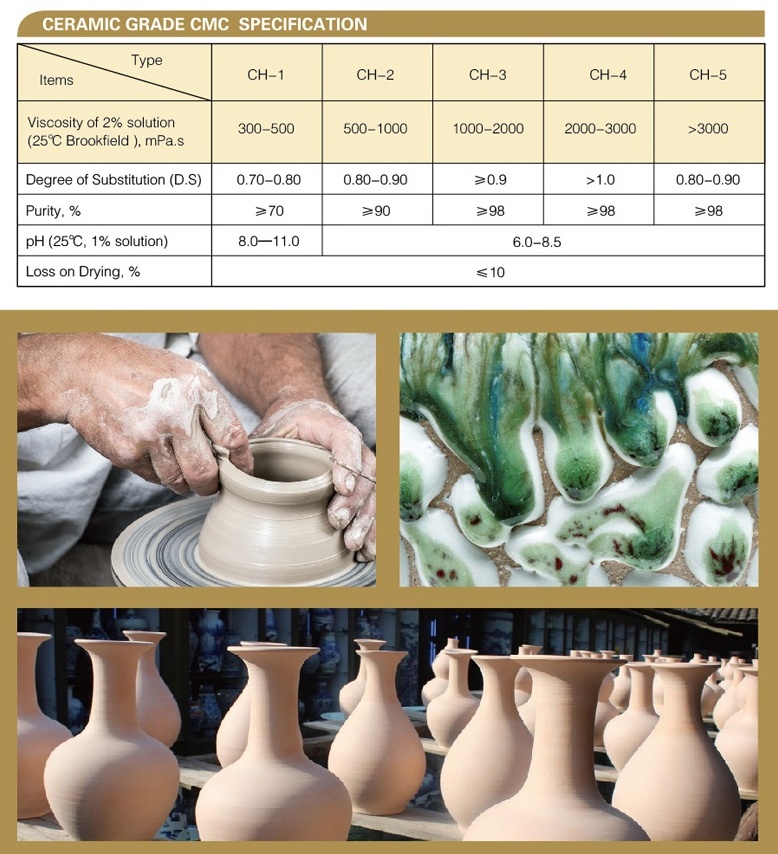Adsorption is divided into two types: liquid phase adsorption and gas phase adsorption. The liquid phase adsorption capacity is often evaluated by adsorption isotherm, and the gas phase adsorption capacity is evaluated by the solvent vapor adsorption amount.
The adsorption isotherm indicates the relationship between the partial pressure or concentration of the adsorbed material in the adsorption system and the adsorption amount at a certain temperature, that is, when the temperature is kept constant, the relationship between the equilibrium adsorption amount and the partial pressure or concentration can be measured. Taking the remaining concentration as the horizontal axis and the adsorption amount of the single mass of activated carbon as the vertical axis, the relationship curve can be drawn.
When the partial pressure or concentration is kept constant, the relationship between the equilibrium adsorption amount and the temperature can be measured, and the relationship curve, that is, the adsorption isobar line, is drawn. Since adsorption of a small amount of components in an industrial device is carried out substantially in an isothermal state, adsorption isotherms are most important and commonly used.
The solvent vapor adsorption amount indicates the gas phase adsorption performance, and the measurement of the carbon tetrachloride adsorption rate of the granular activated carbon can be exemplified, under the specified test conditions, that is, the specified carbon layer height, the gas flow rate, the adsorption temperature, the measured tube cross-sectional area, Under the condition of carbon tetrachloride vapor concentration, the mixed air stream containing a certain concentration of carbon tetrachloride vapor continuously passes through the activated carbon. When the adsorption saturation is reached, the mass of carbon tetrachloride adsorbed by the activated carbon sample and the sample quality The percentage is taken as the adsorption rate of carbon tetrachloride. How much harmful substance can the activated carbon adsorb?
With the recent rise in international oil prices, the market has already formed the expectation that domestic oil prices will rise again at the end of the month. Compared with the 1949 founding period, the water supply capacity has increased by 110 times, the water use population has increased by 38 times, and the water plant has increased the use of filter materials by 110 times. It is impossible to clean the debris that is clogged in the pores of the activated carbon.
Coal columnar activated carbon, coal columnar activated carbon, coconut shell activated carbon, nut shell granular, powdered activated carbon, etc. Each activated carbon has excellent physical and chemical adsorption performance, satisfactory water purification, air purification to improve filtration mode and filter form. , 2.2 Water treatment plant pretreatment and advanced treatment filter
The use period of activated carbon is more
Activated carbons of different materials and uses have different inner pore sizes. And the timing of replacement is best not to wait for it to fail after replacement, in order to ensure that activated carbon can continuously remove harmful substances in the aquarium water quality.
For the adsorption capacity in activated carbon applications, it is best to use the actual activated carbon, operating conditions, and specific treatments for evaluation. The amount of adsorption of activated carbon, that is, the amount of adsorbate adsorbed per unit of activated carbon, is also known as the activity of activated carbon in the industry. There are two ways to express the activity:
Static activity - the amount of adsorption that is generally referred to as the equilibrium of the adsorbent.
Dynamic activity---- means that the fluid mixture passes through the bed of activated carbon, in which the adsorbate is adsorbed. After some time of operation, the fluid flowing out of the activated carbon bed begins to contain a certain amount of adsorbate, indicating that the activated carbon bed loses its adsorption capacity. The amount of adsorbate adsorbed on the activated carbon at this time is called the activity of activated carbon. It is the data needed to design a large number of frequent, important adsorption systems. A standard practical method for determining the adsorption capacity of activated carbon by the liquid phase isotherm method can be used to determine the absorption capacity of the original and reactivated and powdered activated carbon.
Activated carbon wear resistance: that is, wear resistance or anti-friction performance. He told reporters that volcanic rock is not only the only natural sound absorbing material in all building materials, but also has a unique "breathing" function. Super carbon catalyst and precious metal catalyst carrier (palladium, rhodium, ruthenium, platinum, nickel catalyst), wet catalysis The oxidation catalyst does not release the adsorbed harmful gas under the condition of the wood activated carbon. Among them, the methylene blue adsorption value is the most commonly used. In the 30 years since the reform and opening up, China's water supply and drainage industry has developed rapidly. By the end of 2008, 655 cities across the country had a water population of 350 million, a daily water supply capacity of 266 million m3, and a water plant using 1.66 million m3 of filter material. In general, the quality of harmful substances adsorbed by high-quality activated carbon can be close to or even reach its own quality, such as Qiaobo brand silver-loaded coconut shell activated carbon. Methylene blue is a dark blue dye
CMC can be used in ceramic body and ceramic glaze. CMC acts as strengthening agent, water retention agent, thickener and stabilizer.
CMC is taken as blank adhesive, plasticizer, glaze suspending agent and color fixing agent in porcelain industry. Adding CMC to blanks will enhance blank adhesiveness (making it easily formed) , improve mechanical strength and reduce blank breaking rate. Adding CMC to glaze will enhance the binding of blanks and glaze and promote glaze dispersion.
In the firing process it is used as a additive to keep the glaze from flowing, that is to say, to prevent the glaze turning into tears in the kiln. And CMC with high purity leaves almost nothing at the buring .


Ceramic Grade CMC, Ceramics And Construction Industry, Ceramic CMC Powder, Industrial Grade CMC, Carboxymethyl Cellulose Ceramic Grade CMC
China National Huachen Energy Group Co., Ltd. , http://www.chc-chem.com